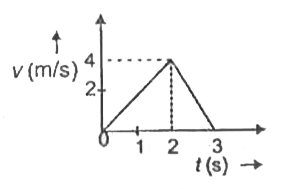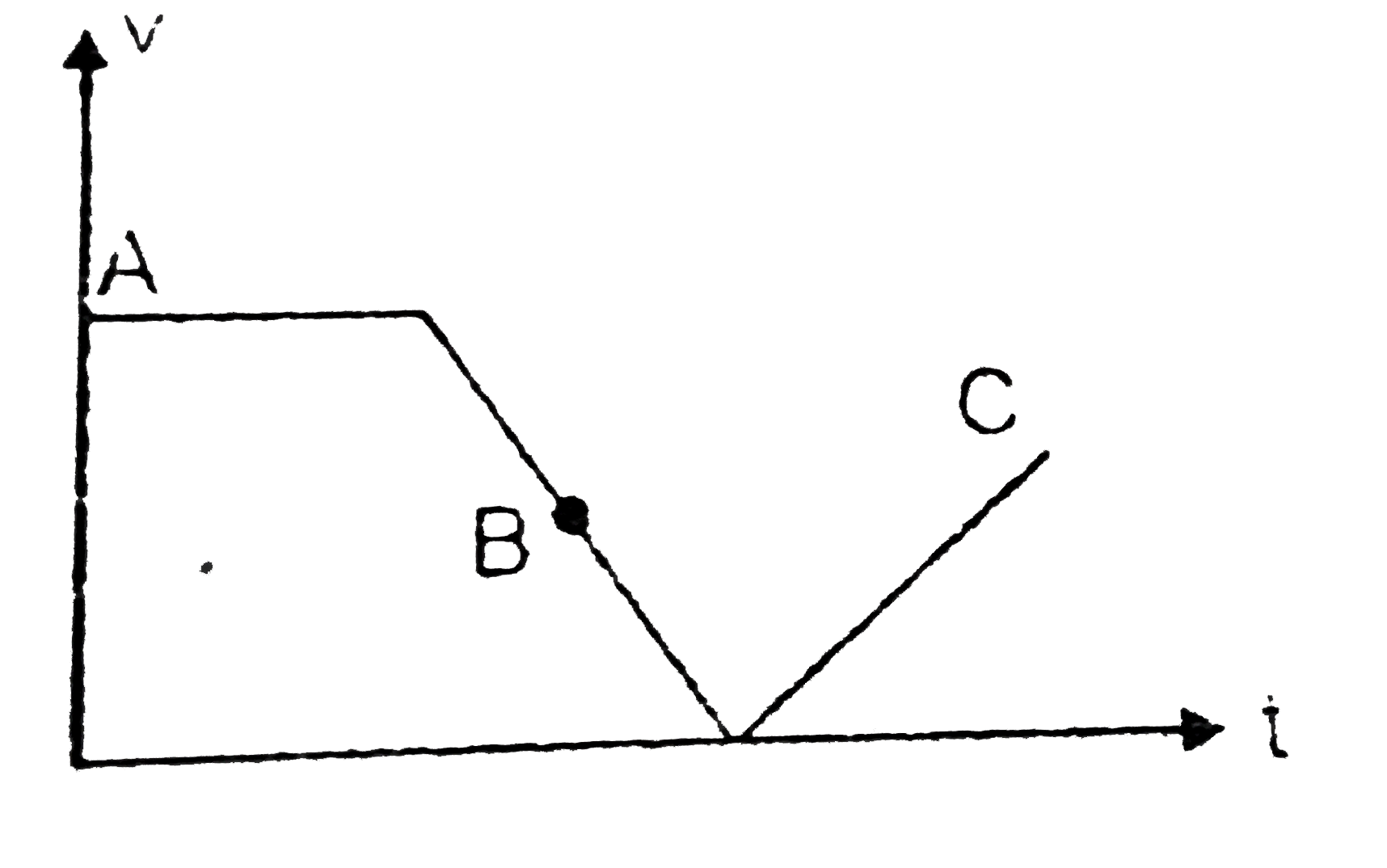(A):The position -time graph of a body may be a straight line parallel to time axis
(R ):It is possible that position of a body does not change with time.
Both (A) and (R) are true and (R) is the correct explanation of (A)
Both (A) and (R) are true and (R) is not the correct explanation of (A)
(A) is true but (R) is false
Both (A) and (R) are false
The correct Answer is:A
Step by step video solution for (A):The position -time graph of a body may be a straight line parallel to time axis (R ):It is possible that position of a body does not change with time. by Physics experts to help you in doubts & scoring excellent marks in Class 11 exams.
Updated on:21/07/2023Similar Questions
Knowledge Check
Assertion : The position-time graph of a body moving uniformly is a straight line parallel to position-axis.
Reason : The slope of position-time graph in a uniform motion gives the velocity of an object.AIf both assertion and reason are trure and reason is the correct explanation of assertion.BIf both assertion and reason are true but reason is not the correct explanations of assertion.CIf assertion is true but reason is false.DIf both assertion and reason is falseThe velocity-time graph of a body in motion is a straight line inclined to the time axis. The correct statement is :
Avelocity is uniformBacceleration is uniformCboth velocity and acceleration are uniformDneither velocity nor acceleration is uniform.
The position-time graph of a moving particle is a straight line inclined with time axis and passing through origin, therefore
View SolutionThe x-t graph of an object is a straight line inclined to time-axis. What does this statement indicate ?
View SolutionThe velocity versus time graph of a body moving in a straight line is as shown in the figure below

View SolutionThe velocity time graph of a body is shown in fig. it indicates that :

View SolutionThe kinetic energy of a body moving along a straight line varies with time as shown in figure. The force acting on the body:

View Solution(A): Velocity-time graph for an object in uniform motion along a straight path is a straight line parallel to the time axis.
(R ):In uniform motion of an object velocity increases as the square of time elapsed.
View Solution
